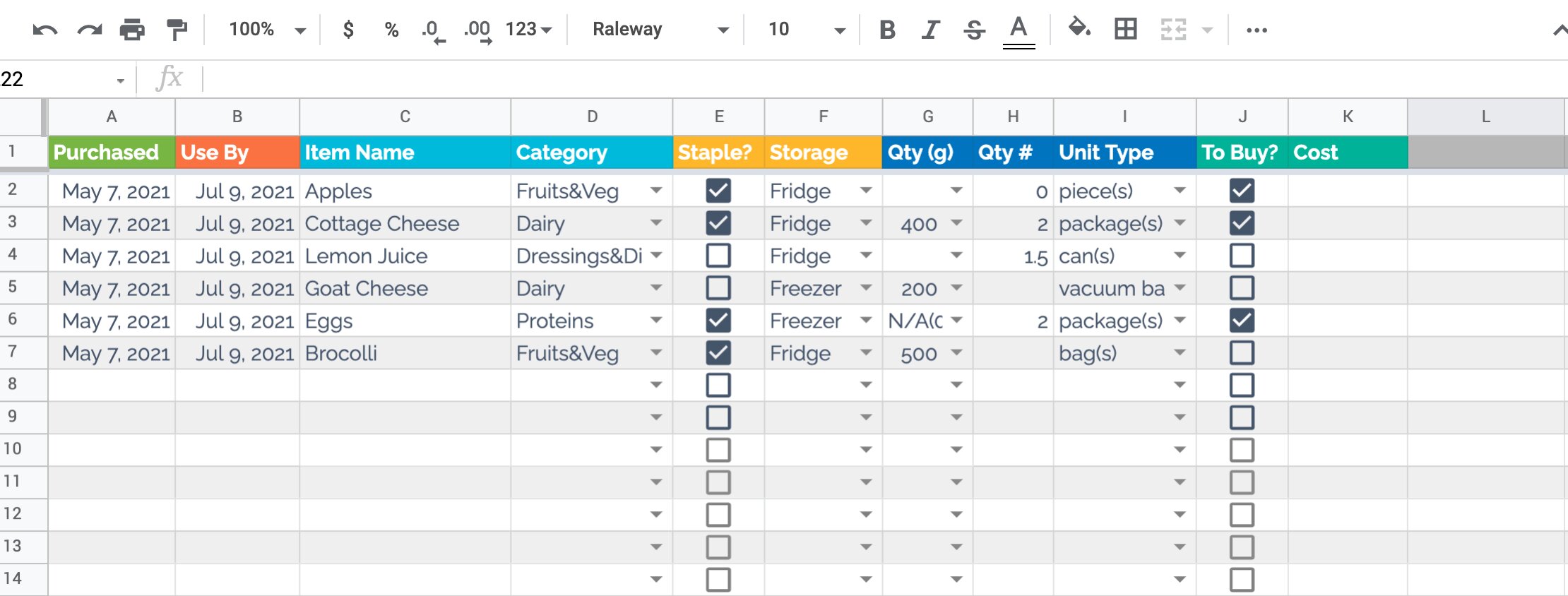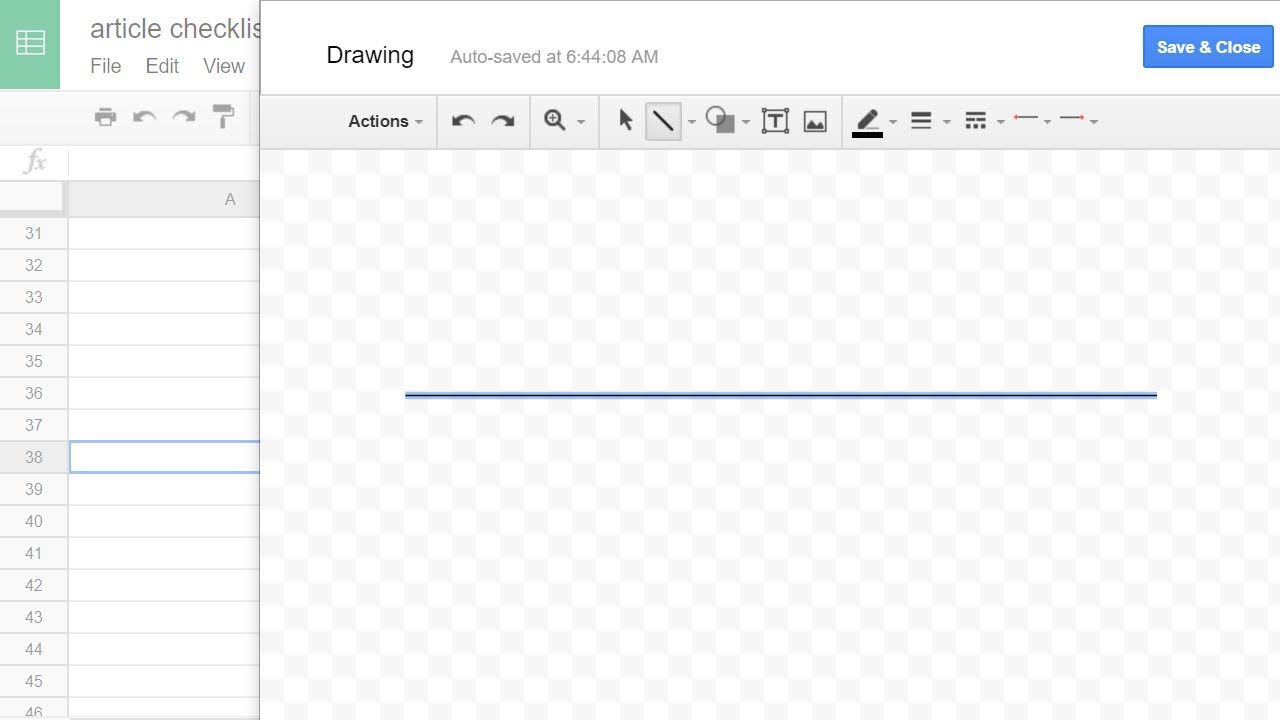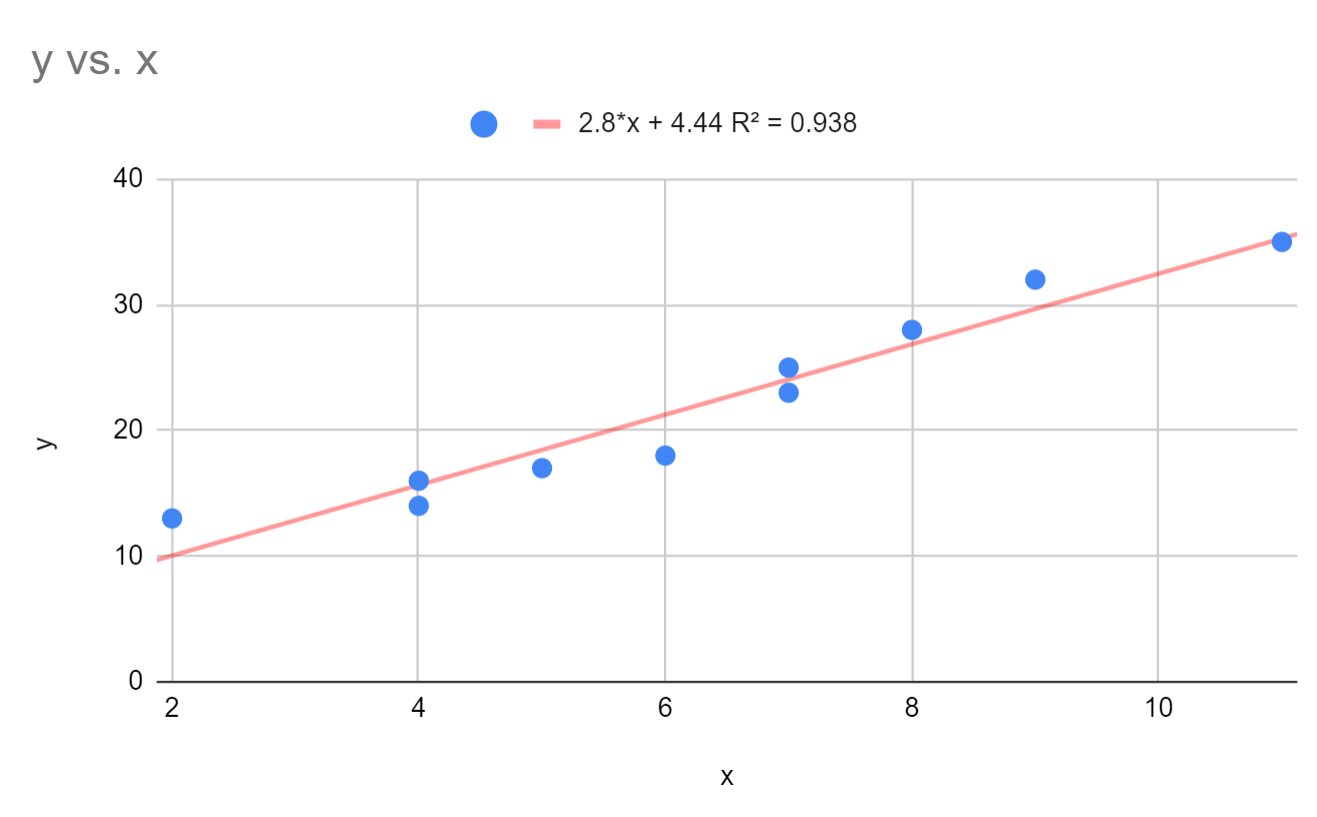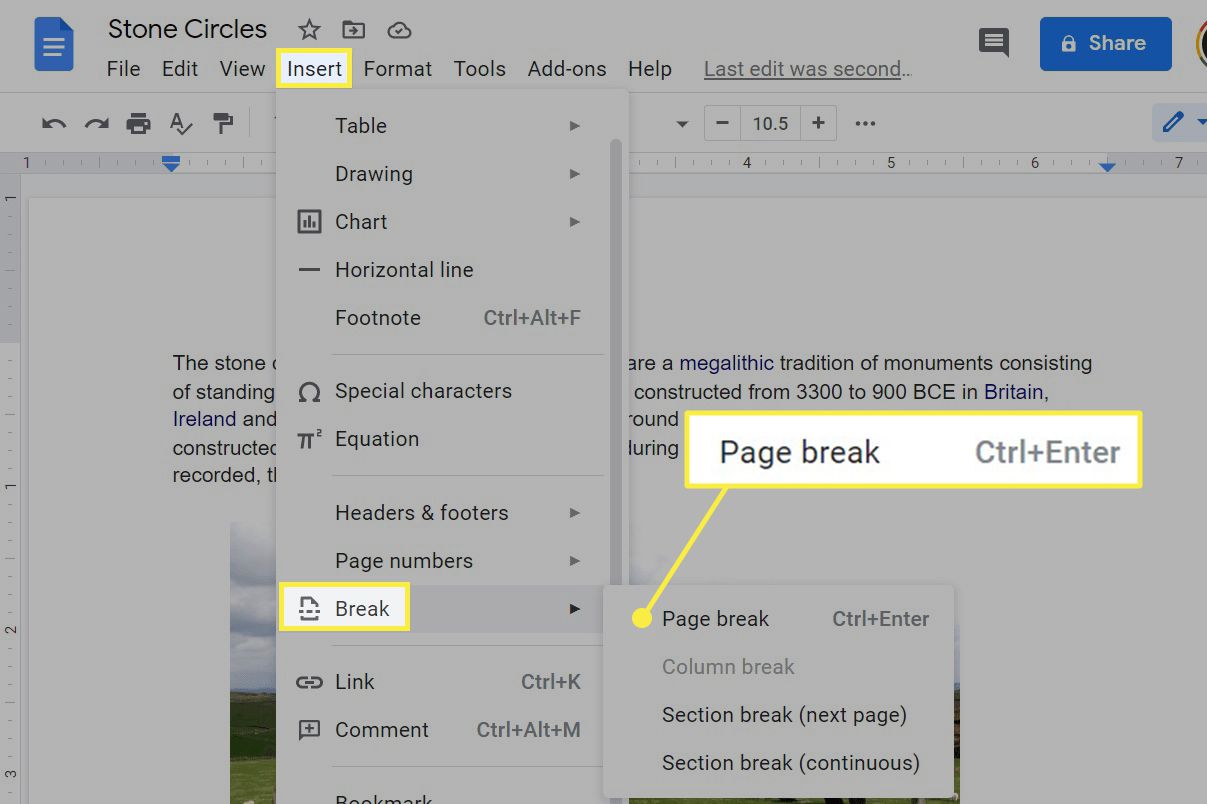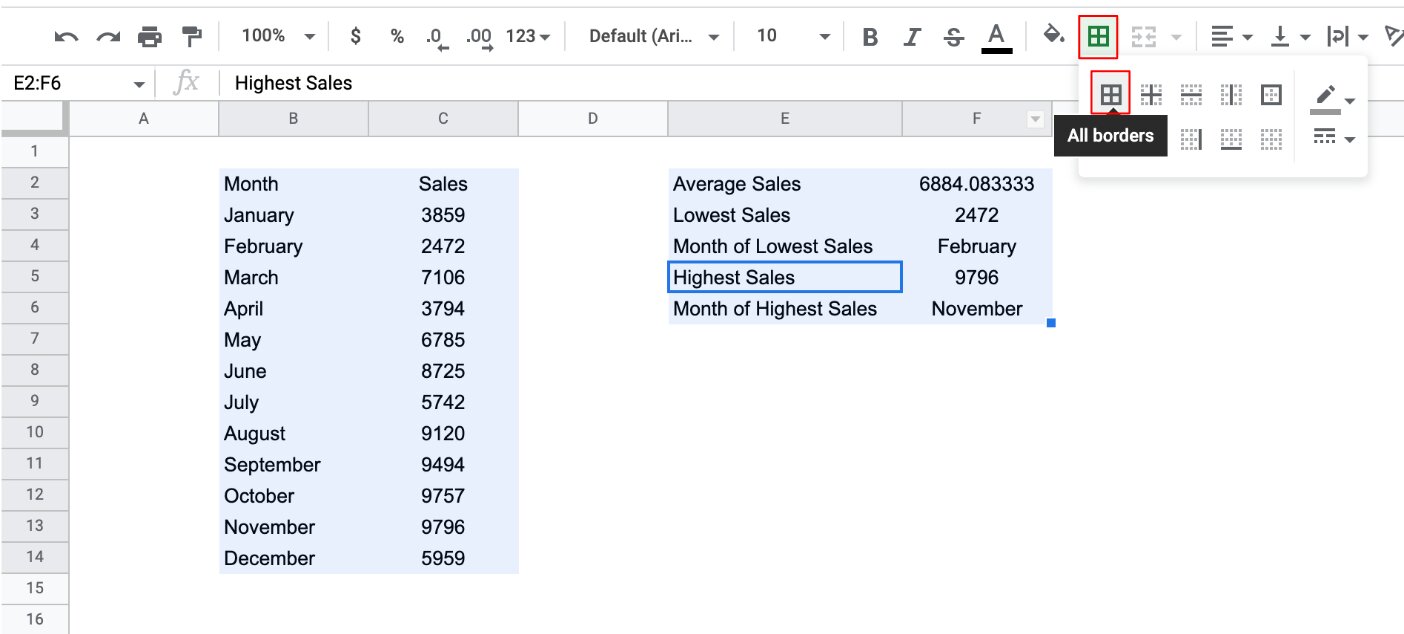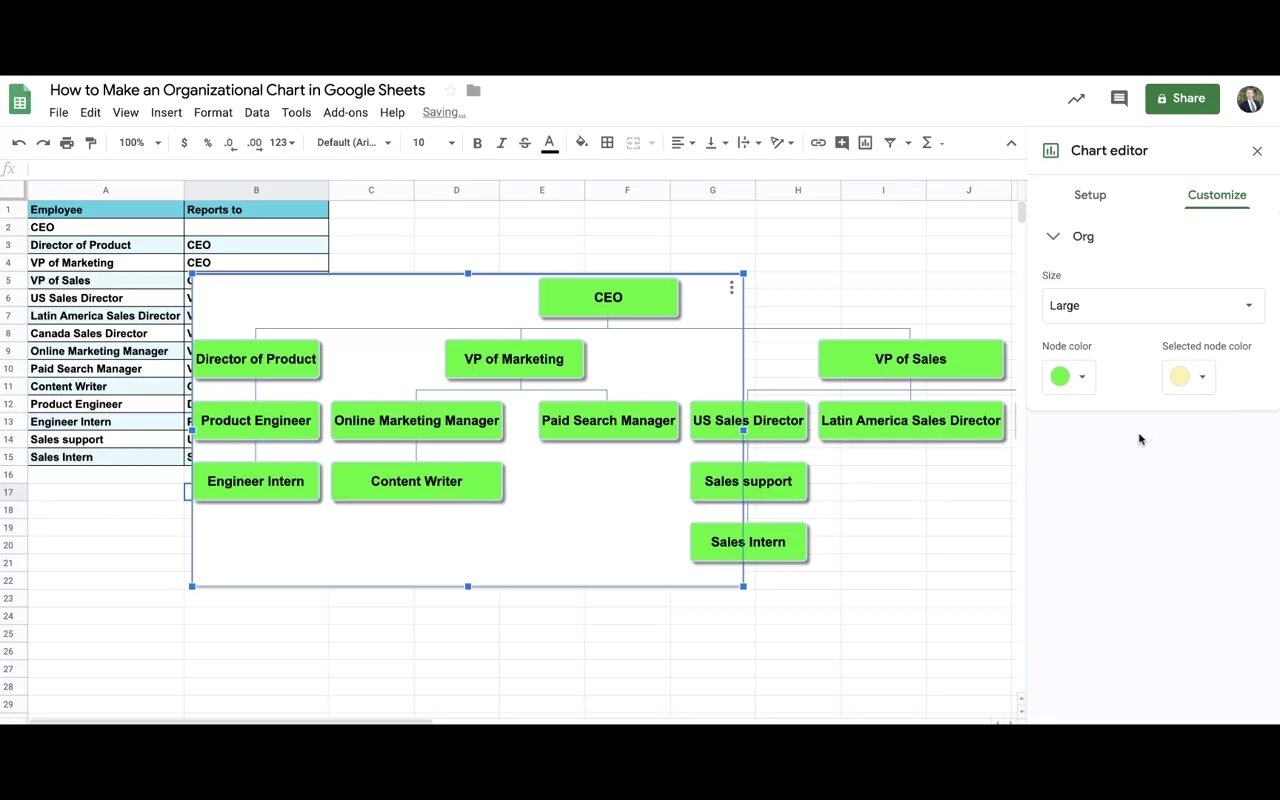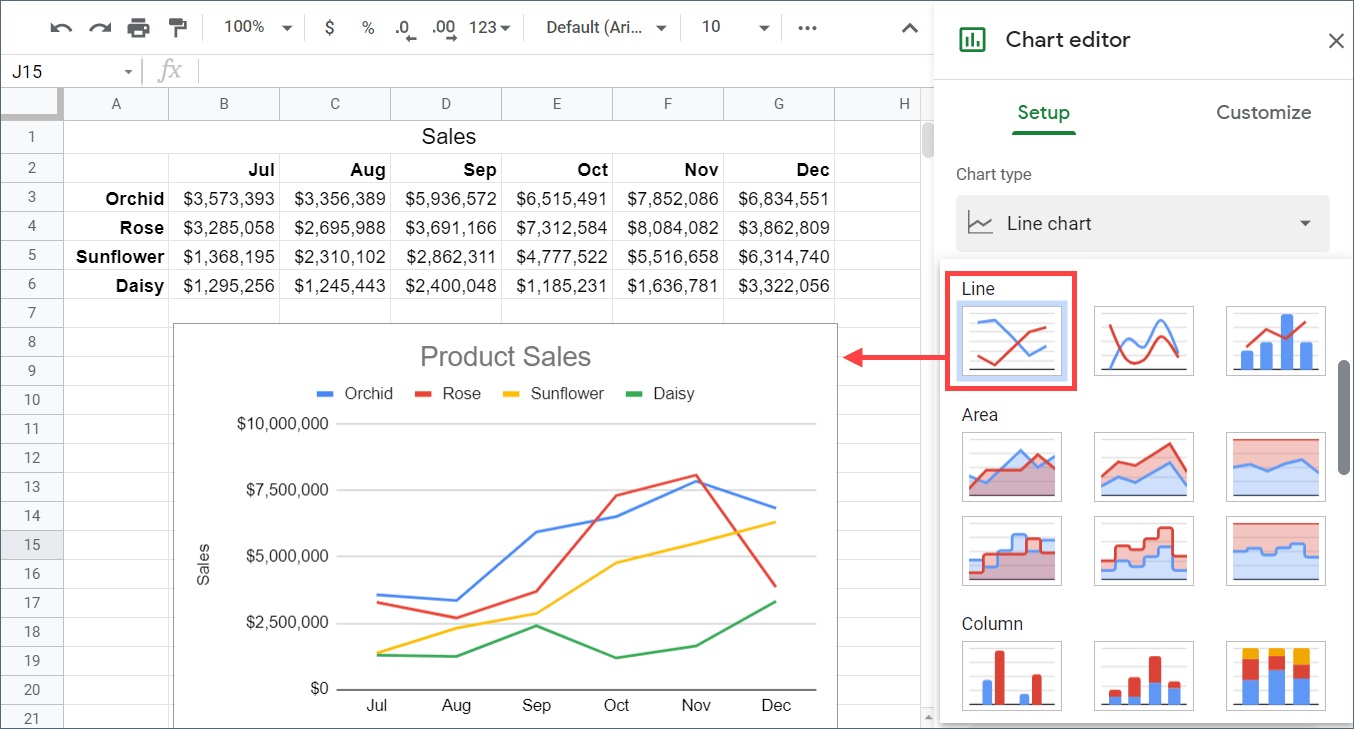Introduction
Google Sheets is a powerful tool for organizing and analyzing data, but sometimes you may need to include line breaks within a cell to improve readability. By default, when you press the Enter key in Google Sheets, it moves to the next cell. However, there are several methods you can use to insert a new line within a cell.
In this article, we will explore five different methods for creating new lines in Google Sheets. These methods range from simple keyboard shortcuts to using specific functions. Whether you’re creating a spreadsheet for personal use or collaborating with a team, knowing how to insert new lines will make your data more organized and visually appealing.
Each method has its own advantages, so you can choose the one that fits your needs best. Furthermore, understanding multiple methods will give you the flexibility to adapt to different scenarios.
So, let’s dive into the various ways to make a new line in Google Sheets and elevate your data presentation to the next level.
Method 1: Using the Alt + Enter shortcut
One of the easiest ways to insert a new line in Google Sheets is by using the Alt + Enter keyboard shortcut. This method allows you to quickly add line breaks within a single cell.
To use this shortcut, click on the cell where you want to insert the line break. Then, press and hold the Alt key on your keyboard, and while holding it down, press the Enter key.
You’ll notice that the cursor moves to the next line within the same cell, indicating that a new line has been created. You can continue entering text or data on the new line within the cell.
This shortcut is especially useful when you want to create multiline text within a cell, such as adding address details, notes, or any other information that requires separate lines.
Using the Alt + Enter shortcut is a quick and convenient way to improve the readability of your data and make it more organized. It saves you time compared to manually adjusting the row height or merging cells.
It’s important to note that the Alt + Enter shortcut works in Google Sheets, as well as in other applications like Microsoft Excel, making it a handy tool to have in your data-entry repertoire.
Method 2: Using the CHAR(10) function
If you prefer using formulas in Google Sheets, you can utilize the CHAR(10) function to insert a new line within a cell. This function allows you to add line breaks programmatically.
To use the CHAR(10) function, click on the cell where you want to insert the line break and enter the formula “=CHAR(10)” without the quotes. Press Enter, and you’ll notice that the text wraps to a new line within the same cell.
The CHAR(10) function generates a line break character within the cell, similar to pressing the Alt + Enter shortcut. This method is particularly useful when you need to automate line breaks based on specific conditions or use them in combination with other functions.
To add custom text on each line, you can combine the CHAR(10) function with other text or cell references in a formula. For example, “=A1&CHAR(10)&B1” will concatenate the contents of cell A1, a line break, and the contents of cell B1 into a single cell with two lines of text.
This method allows you to dynamically create multiline text based on your data, providing more flexibility and customization options compared to simply using the Alt + Enter shortcut.
By using the CHAR(10) function, you can easily organize and structure your content within a cell, making it easier to read and understand for yourself and others who view your Google Sheets.
Method 3: Using the CONCATENATE function
If you want to combine multiple cell values with line breaks in Google Sheets, you can utilize the CONCATENATE function. This method allows you to merge the contents of different cells into a single cell, separated by line breaks.
To use the CONCATENATE function, select the cell where you want the combined text and enter the formula “=CONCATENATE(A1, CHAR(10), B1, CHAR(10), C1)” without the quotes. Replace A1, B1, C1 with the cell references that contain the values you want to combine.
The CONCATENATE function concatenates the text or values you specify and inserts a line break character (generated by CHAR(10)) between each value. As a result, the contents of cell A1 will be on one line, followed by a line break, then the contents of cell B1 on the next line, and so on.
This method is particularly useful when you have data spread across multiple cells and want them to be merged into a single cell with line breaks for better organization and readability.
In addition to specific cell references, you can also combine text strings or other functions within the CONCATENATE function to create customized multiline content within a single cell.
Using the CONCATENATE function gives you more control over how the combined text appears, allowing you to structure and format the data exactly as desired.
Method 4: Using the TEXTJOIN function
If you’re working with a range of cells and want to join their contents with line breaks in Google Sheets, the TEXTJOIN function is a powerful tool to achieve this. It allows you to combine multiple cell values into a single cell, separated by a specified delimiter.
To use the TEXTJOIN function, select the cell where you want the combined text and enter the formula “=TEXTJOIN(CHAR(10), TRUE, A1:C1)” without the quotes. Replace A1:C1 with the range of cells you want to join.
The TEXTJOIN function takes three arguments: the delimiter (CHAR(10) generates the line break character), the ignore empty cells option (TRUE to exclude empty cells), and the range of cells to join.
When you enter the formula, the TEXTJOIN function combines the contents of the specified range, separating each value with a line break. This creates a multiline text within the target cell.
This method is particularly useful when you have a range of cells that contain related information, such as a list of names, addresses, or notes, and you want to merge them into a single cell with line breaks for improved organization and clarity.
You can use the TEXTJOIN function with multiple ranges and even combine it with other functions or text strings to create dynamic and customizable multiline content.
By utilizing the TEXTJOIN function, you can efficiently combine and format the contents of multiple cells into a single cell with line breaks, making your data more structured and readable in Google Sheets.
Method 5: Using a line break character
In addition to the previously mentioned methods, you can also manually insert a line break character within a cell in Google Sheets. This method gives you the flexibility to add line breaks wherever you need them.
To use this method, double-click on the cell where you want to insert the line break. Then, position the cursor at the desired location within the cell and press the keyboard shortcut “Ctrl + Enter”. You’ll see that the cursor moves to the next line within the same cell, indicating the presence of a line break.
This method allows you to have complete control over the placement of line breaks within the cell content. It is particularly useful when you need precise formatting or when other methods are not feasible due to specific requirements or restrictions.
By using the line break character, you can create multiline text within a single cell, evenly distributing the information for improved readability.
It’s important to note that when you manually insert a line break character, the cell may not automatically adjust its row height to accommodate the extra lines of text. In such cases, you can adjust the row height manually by hovering over the row number and dragging it to the desired height.
This method provides a simple and practical solution for adding line breaks in Google Sheets, especially when you want maximum control over the positioning of the breaks.
Conclusion
Being able to insert new lines within cells in Google Sheets is crucial for organizing and enhancing the readability of your data. In this article, we explored five different methods:
- Using the Alt + Enter shortcut, which allows for quick and effortless line breaks within a cell.
- Using the CHAR(10) function, which provides the ability to add line breaks programmatically.
- Using the CONCATENATE function to merge cell values with line breaks, creating a customized multiline content within a single cell.
- Using the TEXTJOIN function to join the contents of a range of cells, separating them with line breaks.
- Manually inserting a line break character within a cell for more precise formatting.
Each method offers its own advantages, giving you flexibility in choosing the one that best suits your specific requirements and preferences.
By utilizing these methods, you can improve the organization and readability of your data, making it easier to understand and interpret. Whether you’re creating spreadsheets for personal use, collaborating with others, or presenting data to clients or stakeholders, incorporating line breaks will enhance the overall presentation and visual appeal.
Experiment with these methods to find the one that works best for your workflow and data structure. Having a good understanding of these techniques will enable you to efficiently manipulate and format your data in Google Sheets.
So, embrace the power of line breaks and take your data organization skills to new heights!







